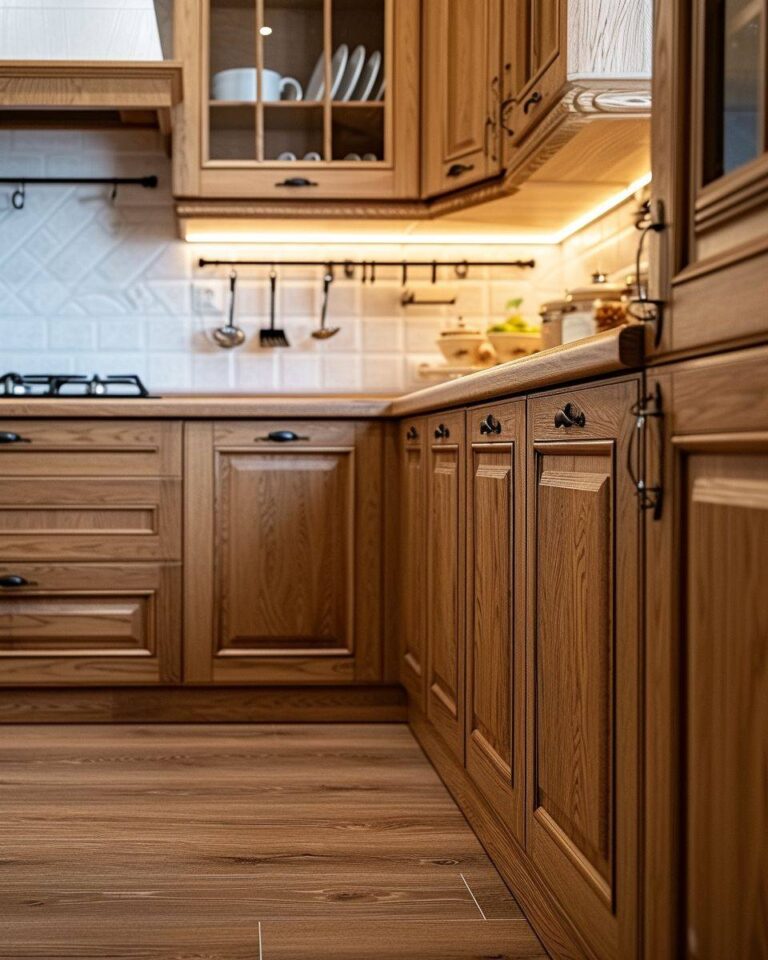1. Prepare Your Workspace
Before beginning, ensure your kitchen is adequately prepared to avoid any paint spills or damage. Lay down drop cloths or old newspapers to protect your countertops and floors.
Before beginning, ensure your kitchen is adequately prepared to avoid any paint spills or damage. Lay down drop cloths or old newspapers to protect your countertops and floors.
2. Remove Hardware and Clean
Use a screwdriver to remove all hardware from your cabinets. Next, take the doors and drawers outside or to a well-ventilated area for cleaning. Use a mild detergent to clean the surfaces thoroughly, then apply a deglosser following the product’s instructions. This step is crucial for removing any grease or residue that might prevent the paint from adhering correctly.
3. Patch Where Needed
Inspect the doors, drawers, and cabinet frames for any damage or imperfections. Use a patching compound to fill in any holes or cracks, ensuring a smooth surface for painting.
4. Painting
Once the surfaces are clean and dry, you can start painting directly with the Milk Paint. This method involves no sanding or priming — you go straight to painting. Use paintbrushes for edges and detailed areas, and a roller can be used for larger, flat surfaces to ensure an even coat.
5. Apply a Top Coat
After the paint has dried completely, apply a topcoat sealer to protect the paint and ensure durability. This step is vital for kitchen cabinets due to their frequent use and exposure to moisture.
6. Reassemble
Once everything is dry, reattach the doors and drawers, and then the hardware. Take this opportunity to consider updating your hardware for a fresh look.
Additional Tips for Success
Work in Sections: Tackle your project in manageable sections, especially if you’re limited on space. This approach also allows you to use your kitchen during the project.
Attention to Detail: For hard-to-reach areas and crevices, use a small, flat artist’s brush. This tool can help paint these tricky spots without the need to remove the doors.
Spray Primer Option: Although this method doesn’t require priming, if you’re working with surfaces that might be more challenging for paint adhesion, consider using a spray primer for added durability.
